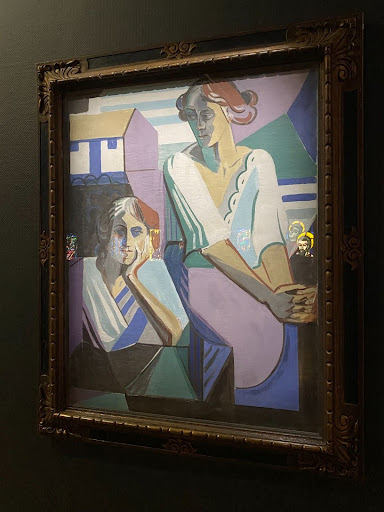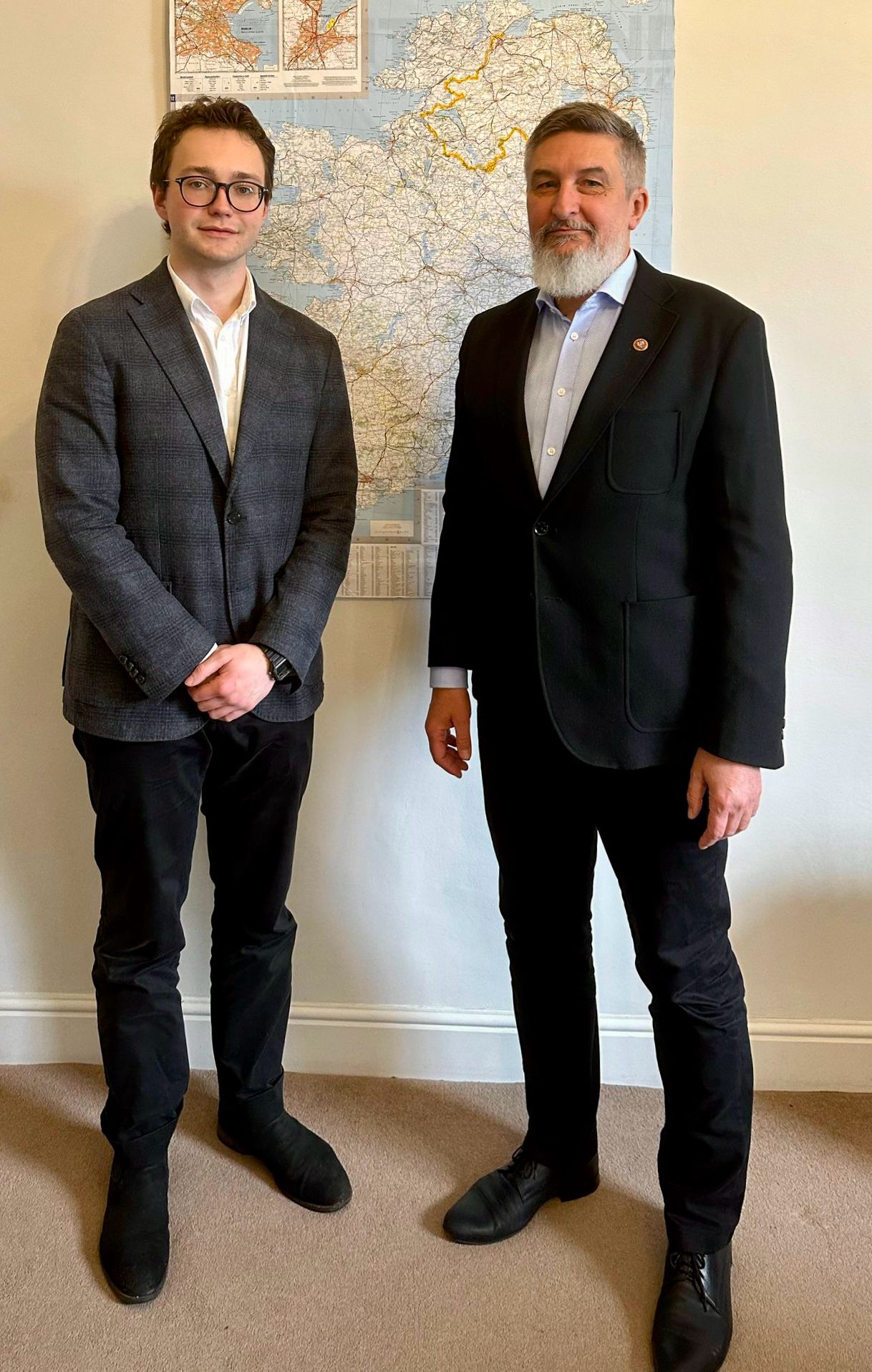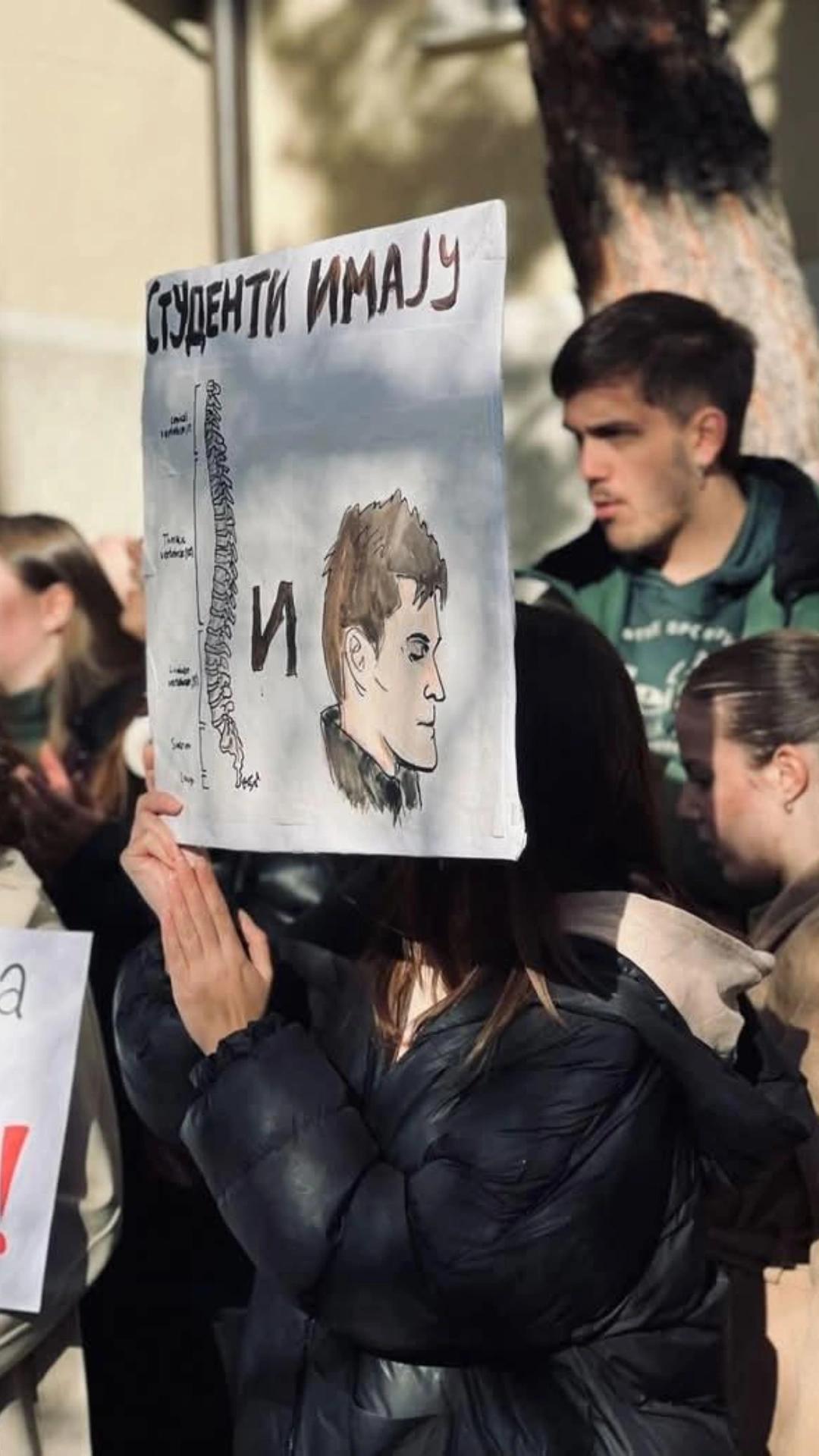
Nestled in the Beit Wing of the National Gallery, ‘The Art of Friendship’ welcomes Dubliners Mainie Jellett and Evie Hone for an exploration of their lives and friendship, together for the first time in 100 years. Running concurrently through five substantial rooms, observers are taken from the early-era vivacious Cubism from their days in Paris, all the way through time to ecclesiastical depictions and striking stained glass. On April 10th, its opening day, the exhibition was already lively with fascinated and endeared visitors as early as 10 a.m. Curated by Brendan Rooney, ninety of Jellett and Hone’s works will adorn the walls of such splendid rooms until August 10th, giving art-lovers plenty of time to start off a sunny summer day with some stunning art and a reminder of the beauty of women’s friendships.
One can expect to be greeted by both Jellett and Hone’s colourful and regimented early Cubist compositions of the 1920’s, with one particular Hone calling out your name. Aptly named “Composition” and earmarked by a funny little detail in the bottom-right, you’ll certainly know it when you see it in its full living colour. Jellett and Hone met in 1921 at the Westminster School of Art, going on to study under André Lhote and later Albert Gleizes where their friendship flourished. Alongside some singular examples of both Lhote and Gleizes work, the ladies’ gift for vibrant harmony is apparent in their early works. These initial paintings are reminiscent of two budding talents – eager to tell you they are on the verge of something, drawing you in and setting you up for the burst of ingenuity that would be their respective oeuvres.
The pair were known to be extremely devout, and their era of radical Cubism admits this with several beguiling pieces depicting iconography such as Christ and the Madonna and child in lucid contours and lines. Steadfast as they both were, their religion only served to galvanise their art. Moving through the exhibition, the evolution from prescriptive principles to a more radical, somewhat figurative style is clear and continues throughout their careers. Selected pieces from this period of both Jellett and Hone are deftly shown side-by-side, needing no effort to display the impact of their friendship on their intersecting growth as artists as the parallels in colour and motif speak for themselves. Particularly evocative at this point of the exhibition, was Jellett’s “I Have Trodden the Winepress Alone”. A likeness of Christ the Redeemer with its title from the Book of Isaiah, this painting radiates a bold celebration of colour and faith. Though in 1924 a critic suggested that Jellet was “the cleverer artist of the two” and Hone the “purer artist”, it’s possible to imagine that this was a cheap attempt at pitting one against the other, as it’s plain that while their styles diverged in areas, they were equally valid in their own right.
Hone, having been a member of An Túr Gloine stained glass co-op studio, found a mode in stained glass that satiated her desire for commanding, abstract design that simultaneously expressed her spirituality. In ‘The Art of Friendship’, one can find twelve striking, back-lit glass pieces in a dimmed room of the exhibition. With a bench aptly placed in the middle to enable maximum wonderment, religious emblems such as Saint Brigid, Christ, and Saint Hubert greet the observer with an awe-inspiring tribute to the divine. At once reverent and exploratory, Hone entwines dedication to her faith with a quiet confidence and a plate full of joie de vivre in each persuasive piece. Though not strictly Cubist in her stained glass work, the influence is certainly present through the saturated palette that energises the facets and fragments.
“The Art of Friendship” takes the beholder on a journey through the lives of two artists that were lucky enough to meet and foster a kindred spirit. The decision to sojourn the audience chronologically through their careers was one that only strengthened the bond that already resounds from the canvases. Their later work that returned to more figurative subjects inspired by nature and visions of Ireland struck an emotional chord that superbly rounded off a memorable experience. Leaving the gallery on one of the nicest spring days in Dublin this year, I felt a palpable appreciation for these ladies’ friendship, and friendships of my own. The beauty of what two women can create from their bond of friendship is one of the most powerful and redemptive forces that commands admiration. While you may not always know exactly what you’re looking at, there is a story for you to find, and it is not always a deeply philosophical harangue. Often, it is about the life you see before you on the canvas, and the life of the hands that made it.






